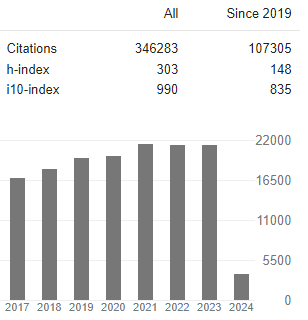Towards Robotized Multi-Axis Lens-Less Holographic Trichoscopy and Trichometry: From Five-Axis Arm-Manipulator Systems Based on Robotic Feodorov Stages to QUATERNION Metrological Setups
Abstract
Gradov OV, Nasirov FA, and Orekhov FK
A new principle of differential trichomorphological analysis and diagnostics on a chip is proposed. This principle can be considered as a transition from a trichoscope to a metrologically efficient trichometer based on holographic system, in particular robotic multi-axis lens-less holographic technology. In addition to obtaining images in certain projections at different angles, this approach makes it possible to measure using orthogonal transformations, in particular using software products such as QAVIS (based on the FFTW library) and "KSA Image". It is possible to register (and identify with machine learning) such micromorphological abnormal trichological states and pathologies as trichonodosis , trichoptilosis, trichonoresis, allotrichia, trichoclasia (including idiopathic trichoclasia), as well as some mesomorphological deviations (such as club-shaped, bayonet- shaped, loop-shaped, knotty hair). We simultaneously carry out scanning of the profile of the features and relief of the underlying skin (for example, detection of nevi). The developed technology for non-damaging holographic micromorphological analysis can also have applications in research practice, and not only for clinical diagnostics or preventive medicine. It is possible to combine schemes of lens-less holographic trichometry on a chip with other methods of lens-less microscopy on a chip - such as lens-less interference microscopy, lens-less incoherent holography on a chip and off-axis microholography on a chip, lens-less polarization microscopy and lens-less DIC. This paper is a shorted version of the seminar report of the Trichologist Union "Bezlinzovaya Golograficheskaya Trikhoskopiya I Trikhometriya" (2017), which was published only in Russian and was not readable for any foreign readers. The authors list of the seminar paper also truncated due to the elimination of some experimental data and theoretical considerations from the original seminar paper by the corresponding author (OFK).



